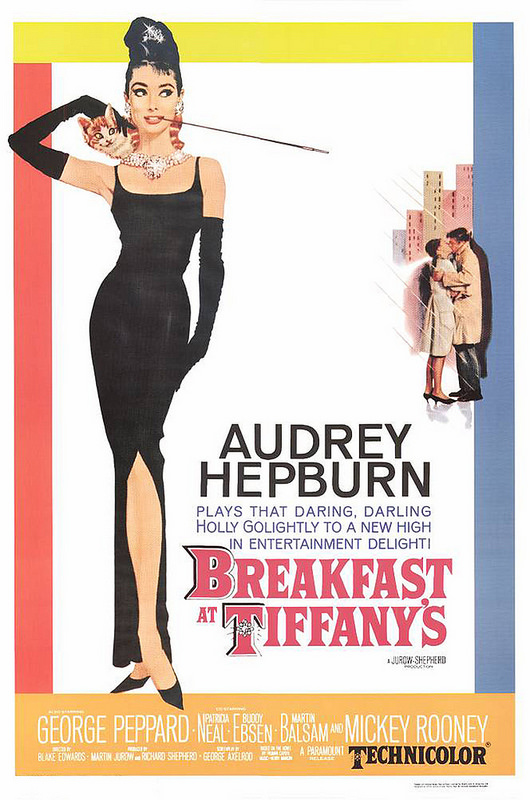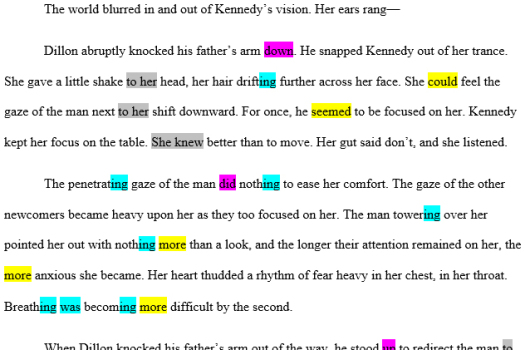Download links for: Family Properties: Race, Real Estate, and the Exploitation of Black Urban America


Reviews (see all)
Write review
Really extraordinary book, and will change your understanding of America--I almost guarantee it!
A stark reminder of my growing up in Chicago during the 50s and 60s.
363.59996 S2537 2009
Other books by History & Biography
Related articles












